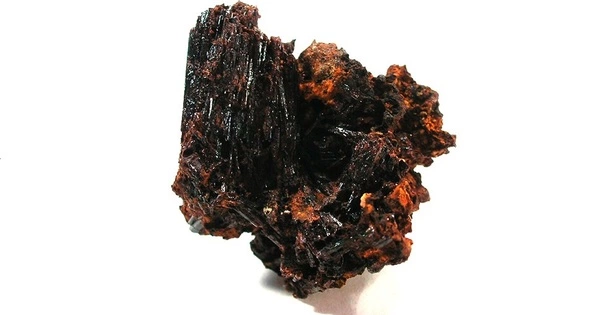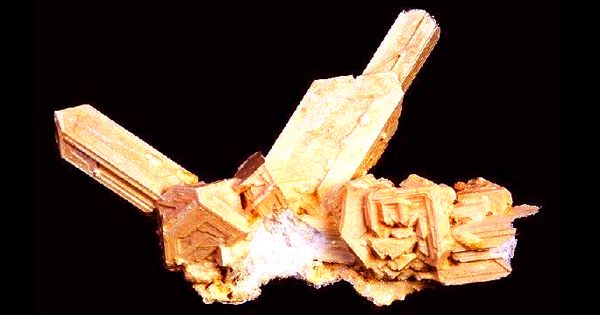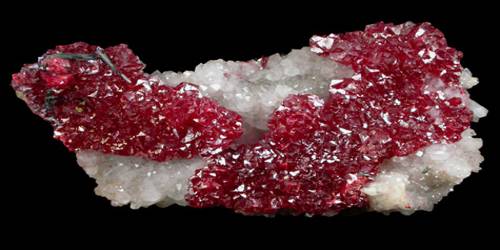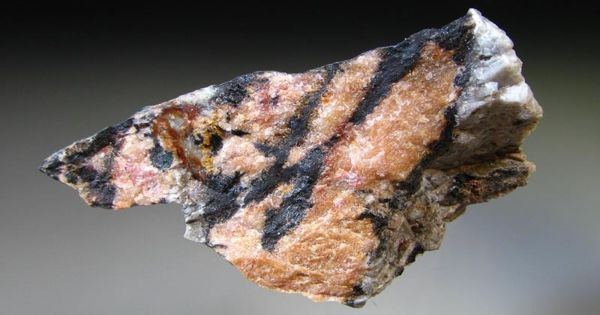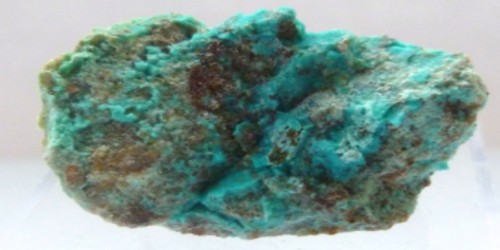Painite is an extremely rare type of borate mineral. It was discovered in Myanmar by Arthur C.D. Pain, a British mineralogist and gem dealer, who misidentified it as ruby until it was discovered as a new gemstone in the 1950s. The mineral was named after him after it was confirmed to be a new mineral species. Painite can cost between $50,000 and $60,000 per carat due to its scarcity.
Painite was named after Arthur Charles Davy Pain, an English gem collector who discovered it. It was once thought to be the rarest gem material on the planet, but many more stones have since been discovered. Many hundreds of stones have been faceted, but fine quality facet rough material is still scarce.
Painite can be red, orange red, brownish red, or brown. It has a white streak, is transparent, and has a vitreous luster. It can take the shape of hexagonal or prismatic crystals. Painite has an average density of 4.01 g/cm3 and a relative hardness of 8.
General Information
- Category: Borate minerals
- Formula (repeating unit) CaZrAl9O15(BO3)
- Crystal system: Hexagonal
- Crystal class: Dipyramidal (6/m)
- Color: Red, brownish, orange-red
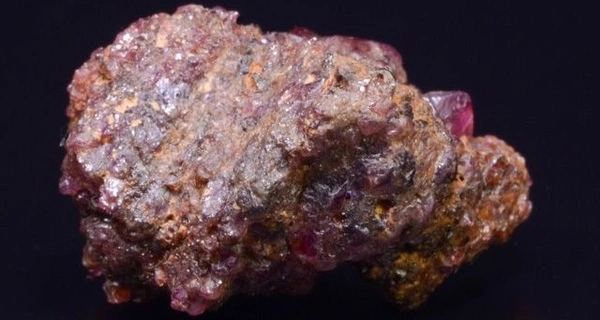
Properties
Painite has an orange-red to brownish-red color that is similar to topaz due to trace amounts of iron. The crystals are naturally hexagonal in shape, and until late 2004, only two had been cut into faceted gemstones. It is generally orange to red in color and can resemble ruby or zircon. It has a hardness of 8 and is a calcium and zirconium borate.
- Crystal habit: Elongated crystals, pseudo-orthorhombic
- Mohs scale hardness: 8
- Luster: Vitreous
- Streak: Red
- Diaphaneity: Transparent
- Specific gravity: 4.01
- Optical properties: Uniaxial (-)
- Melting point: 2094[ambiguous]
- Solubility: Insoluble in acids
Painite is composed of calcium, zirconium, boron, aluminum, and oxygen (CaZrAl9O15(BO3)). Painite also contains trace amounts of chromium and vanadium, which contribute to its orange-red to brownish-red color, similar to topaz. The mineral’s scarcity stems from the fact that zirconium and boron rarely interact in nature. The crystals are naturally hexagonal in shape, and only two had been cut into faceted gemstones until late 2004.
Discovery and occurrence
Painites are only found in Myanmar. In 1957, a single crystal of painite was identified as a new gem species. Only two more crystals were discovered until 2001. More painites have been discovered since then. Over a thousand crystals and fragments have now been recovered, but the majority of this material is unsuitable for faceting.
Extensive exploration in the area surrounding Mogok, which comprises a large portion of the extremely small region where the mineral is known to exist, has identified several new painite occurrences that have been vigorously explored, resulting in thousands of new available painite specimens.
